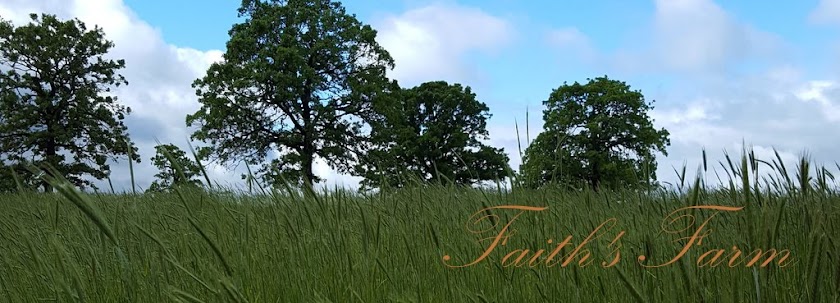I love being able to grow or produce a portion of my own food. For instance there are four jars of milk currently residing in my fridge. They represent the last 4 days of milk from my Nigerian Dairy goats. I use this for drinking and cooking as well as making yogurt, cheese, ice cream, and butter at times.
I also am thankful that I can go to the grocery store and pick up a pizza or more butter if we want it. I recognize the need for a grocery store that provides many with food items that they use on a daily basis. Not everyone has the place or even inclination to raise their own animals. Commercial dairy and meat producers provide a much demanded service. Dairy animals raised on a small farm take a different management that those raised on a large scale. Both are in demand. Both are good in many ways. Both have some very negative drawbacks. Both are still in demand.
I cannot attack the practices of a large commercial dairy or meat producer. Urban citizenry would experience extreme hunger if the commercial producers were not in business. The "masses" demand that milk and meat be available in their grocery store and at their restaurants. The general public has grown up with readily available food and drink. Many individuals today do not want to know where or how their food is produced. Knowing he can get it at the store is enough. She prefers to eat out.
So, where I am about to go is not about attacking large scale operations. Nor is it about raw versus pasteurized. It is about freedom lost.
Oklahoma currently allows the incidental (less than 100 gallons per month) sales of raw milk (cow or goat) directly on the farm. That means that if you want to buy some of my goat milk, you have to come to my farm to get it. I'm okay with that. If you go out of your way to visit my farm to get my milk, I know it's important to you. However, I cannot deliver milk to you without a transport license. Please don't ask me to because that's a risk that I don't want to take. It's also an option that you don't have. It is a freedom that you and I no longer have. We cannot agree to this private transaction because milk is a highly regulated product.
Most of the general population doesn't care if the option exists. Are you one of them? Or, would you prefer the option of being able to make an agreement with me to purchase my milk and have me deliver it to you? Do you want the freedom to trust me to handle the milk with care? Do you want the freedom to accept the risk that accompanies a private transaction? Then YOU AND I will have to become active in making the changes within our state.
Most of the general population doesn't care if the option exists. Are you one of them? Or, would you prefer the option of being able to make an agreement with me to purchase my milk and have me deliver it to you? Do you want the freedom to trust me to handle the milk with care? Do you want the freedom to accept the risk that accompanies a private transaction? Then YOU AND I will have to become active in making the changes within our state.
